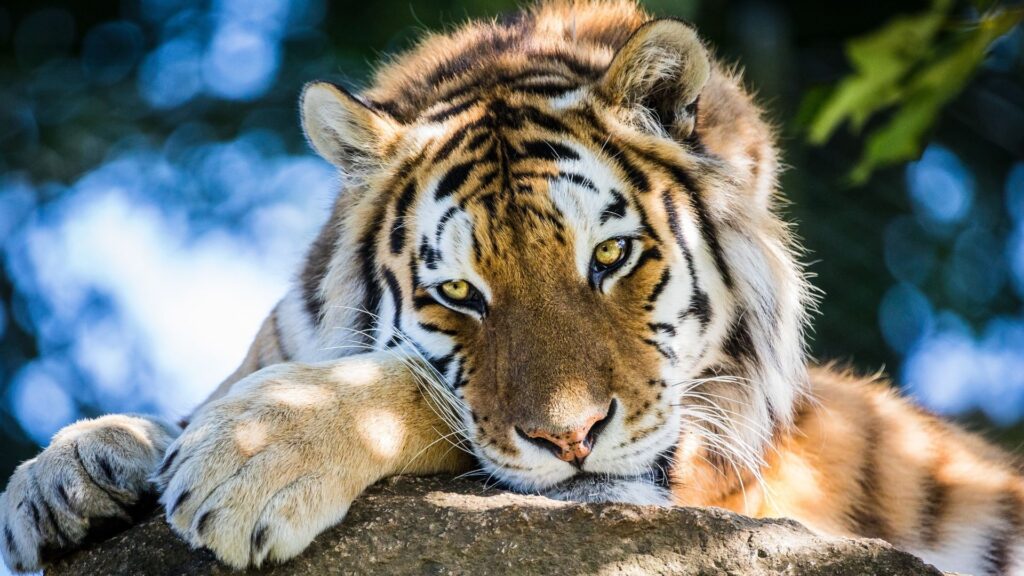Language is a fascinating tapestry, woven from words that sound alike but carry different meanings. These playful pairings are known as homophones. They add color and depth to our conversations, making communication lively and engaging. But have you ever considered the whimsical world of animal new homophones? Imagine blending the charm of animals with the quirks of language! This delightful combination not only enriches our vocabulary but also sparks creativity in how we express ourselves. Let’s embark on an exploration to uncover these unique expressions and discover their place in everyday language!
What are animal new homophones?
Animal new homophones are creative word pairs that sound alike but have different meanings, often inspired by the animal kingdom. These playful combinations offer a fresh twist on language, enhancing our communication.
For instance, consider “whale” and “wail.” Both share a similar pronunciation yet convey entirely distinct ideas—one representing a majestic sea creature while the other evokes sorrowful sounds.
This delightful linguistic phenomenon allows us to explore connections between animals and everyday vocabulary. By blending familiar terms with their animal counterparts, we can create vivid imagery in conversations and writing.
The beauty of animal new homophones lies in their potential for humor and creativity. They invite us to rethink how we express ourselves, opening doors to unique expressions that captivate listeners or readers alike.
Examples of animal new homophones
Animal new homophones bring a playful twist to our language. They often sound the same but have different meanings, making conversations more engaging.
Take “bear” and “bare.” The first refers to the large mammal, while the second describes something unclothed or uncovered. Imagine someone saying they want to “bare” their soul in front of a “bear.” It’s an amusing visual!
Another example is “deer” and “dear.” One is a graceful creature found in forests, whereas the other expresses affection. You could tell your friend that you miss them like you miss seeing deer on hikes—both sweet and heartwarming.
Then there’s “fluke” and “flukes,” referring to both a whale’s tail part and unexpected luck. Picture telling friends about catching fish by pure fluke while discussing marine wildlife.
These examples show how animal new homophones can enrich our vocabulary with humor and creativity!
How can we use animal new homophones in our daily language?
Using animal new homophones in our daily language can add a playful twist to conversations. For instance, instead of saying “the bear is near,” you might say “the bare is near.” This simple change invites laughter and sparks curiosity.
In storytelling, these homophones enhance creativity. Imagine a children’s book featuring characters like the “seal” who seals envelopes or an “owl” that can’t stop telling tales about how it feels to be alone.
Word games are another fantastic way to incorporate them. Challenge friends or family members to create sentences using animal new homophones. The silliness of phrases like “a hare’s hair” can lead to fun debates over meanings.
Even during casual chats, slipping in these clever wordplays makes conversations lively and engaging. It encourages everyone involved to think outside the box and appreciate the nuances of language playfully!
The benefits of incorporating animal new homophones into our vocabulary
Incorporating animal new homophones into our vocabulary enriches our language experience. These playful pairs can spark creativity and enhance communication.
Using animal-themed homophones adds a layer of fun to conversations. Imagine the whimsy when discussing “deer” versus “dear.” Such distinctions invite laughter and engagement.
Moreover, they boost memory retention. When we connect words with vivid images from the animal kingdom, learning becomes more enjoyable. It’s easier to recall terms that resonate emotionally or visually.
These homophones also encourage wordplay in writing and speech. Puns based on them can elevate storytelling, making it more relatable and captivating for listeners.
Integrating these unique terms fosters a deeper appreciation for language’s complexity while promoting curiosity about its nuances. Embracing this aspect invites exploration of words beyond their surface meaning.
Fun activities for learning and practicing animal new homophones
Engaging with animal new homophones can be a delightful experience. One fun activity is creating flashcards. Write the homophones on one side and corresponding animal images on the other. This visual aid aids memory retention.
Another enjoyable option is a scavenger hunt. Hide pictures of animals around your space, each paired with their homophone word. As players find them, they must say both aloud to reinforce learning.
Consider storytelling sessions where participants incorporate as many animal new homophones as possible into a tale. It sparks creativity while enhancing vocabulary skills.
For group play, try a game of charades using these words. Acting out “bear” and “bare” can lead to laughter and better understanding among peers.
Crafting poems or silly songs featuring these playful language twists not only makes learning memorable but also encourages artistic expression!
Conclusion
Language is a living, breathing entity that evolves with time. Embracing animal new homophones adds an exciting layer to our communication. They challenge us to think creatively and playfully while enriching our vocabulary.
These quirky pairings serve not only as tools for humor but also deepen our understanding of language nuances. By incorporating them into everyday conversation, we can spark joy and curiosity in those around us.
Engaging with animal new homophones encourages both children and adults alike to explore the playful side of language learning. This exploration fosters creativity, making it easier to remember words and their meanings through fun associations.
So why not take a moment today? Discover the delightful world of animal new homophones and watch your conversations transform into vibrant exchanges filled with wit and charm.



